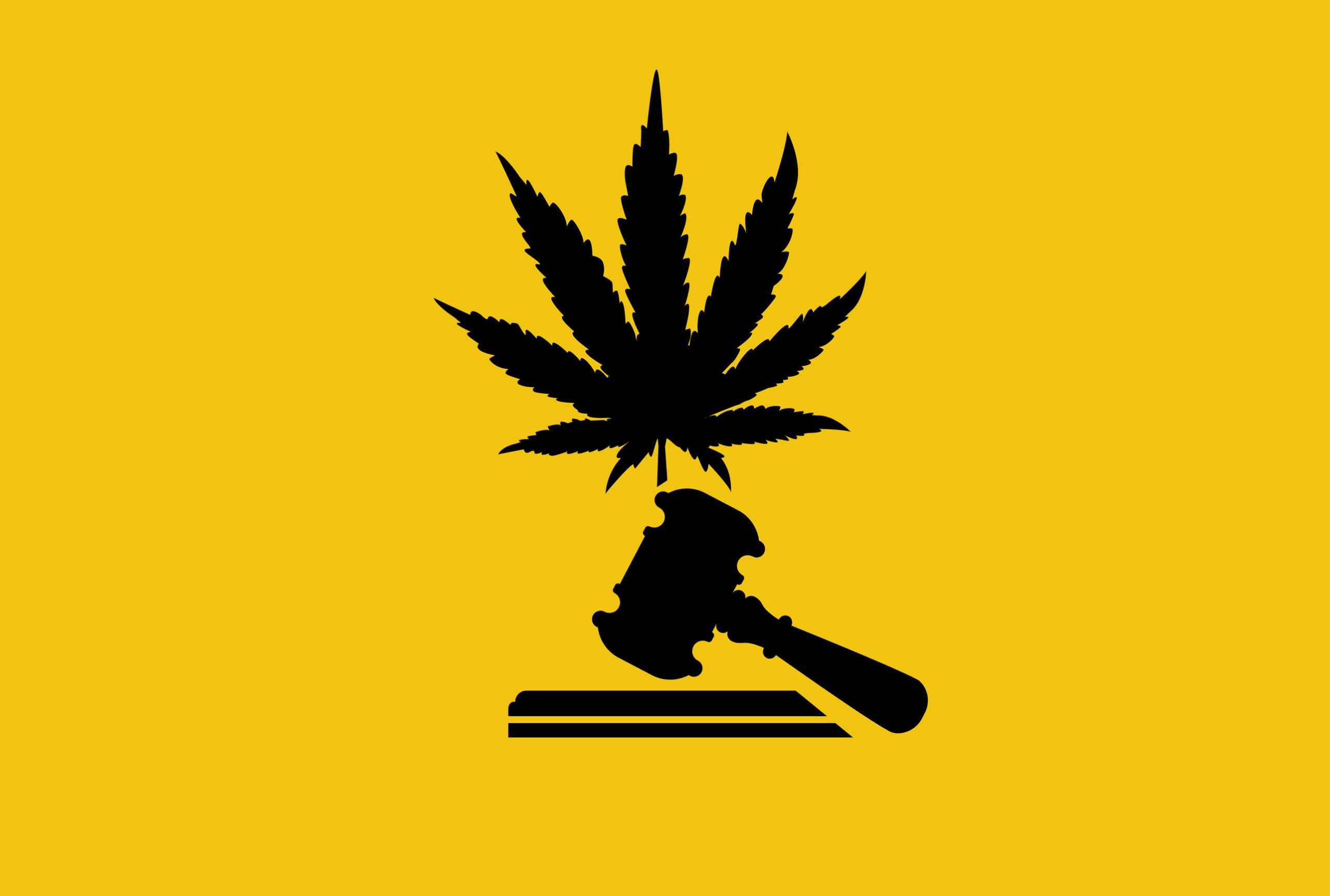3 Workplace Considerations for Risk Managers in the Age of Legalized Marijuana
Some states deny workers’ compensation benefits to employees who are injured on the job as a result of drug or alcohol use. We cover a few best practices for employers as more states adjust these laws to include marijuana use.
February 13, 2024

Missouri is the latest state to introduce legislation that aims to limit workers’ compensation benefits for employees found under the influence of marijuana, with S.B. 935. Currently, Missouri law states that workers’ compensation awards and death benefits shall be reduced by 50% if the employee failed to obey any employer rule related to the use of substances and the injury was sustained in conjunction with the use of alcohol or non-prescribed controlled drugs. Additionally, if the alcohol or non-prescribed controlled drugs were the proximate cause of the death or injury, all benefits and awards are forfeited. If passed, S.B. 935 will expand current workers’ compensation law to include the use of marijuana.
“Some states have this law already in place with the continued expansion of marijuana legalization,” said Mark Walls, Vice President of Client Engagement at Safety National. “However, this law carries a hard burden of proof for employers without a standard threshold for measuring the impairment of THC. Employers often need reasonable suspicion of impairment to even request post-injury drug testing.”
Risk managers adapting to evolving state workers’ compensation laws might consider including the following in their approach to prevent drug-related incidents.
1. Consider pre-employment drug testing.
Some employers are establishing marijuana screening practices with drug testing policies reviewed by local employment counsel, since legal rules vary significantly by state. Some states have restricted pre-employment drug screens for marijuana due to statewide legalization. Drug screening can help eliminate candidates who may pose safety risks, especially since those who test positive have 55% more industrial accidents, according to a study focused on postal employees.
Of course, in a tight labor market, this can hurt an organization’s ability to compete with similar companies that have eliminated drug testing. For employers who have jobs to fill, it will require striking the right balance. Pre-employment drug testing might not make sense for all roles, but it may be necessary for employment in manufacturing, construction, or logistics with higher risk and safety concerns.
2. Train managers to detect the signs of impairment.
Unlike alcohol impairment, there is no standard measurement for marijuana, meaning THC levels can drastically differ in their effects on a user. Additionally, since marijuana can stay in the system even after 30 days of non-use, post-accident drug testing may not be a reliable indicator of active impairment from marijuana. The best approach is for managers to understand the signs of impairment in their employees. This may include:
- Loss of coordination
- Red, glassy eyes
- Slurred speech
- Emotional behavior that does not match a situation
- The smell of marijuana on an employee
3. Ensure workers understand the rules and potential implications.
Employees may be aware that their own employment benefits may be impacted if they are found under the influence of drugs or alcohol following an accident, but they might not be aware of the potential consequences to their families. For some of these states’ laws, failure to obey any workplace rules around drug or alcohol use could drastically cut benefits or even eliminate them altogether if they are found to be the cause of an accident. A worker might reconsider substance use, particularly when their family is dependent on receiving benefits in the event of their injury or death.
Employers should have formal, written policies on drug and alcohol use, and ensure that those rules are clearly defined and communicated to all employees. In addition to outlining policies during hiring and orientation, these rules should be reiterated, especially for employees operating dangerous machinery and those in high-risk roles.

























